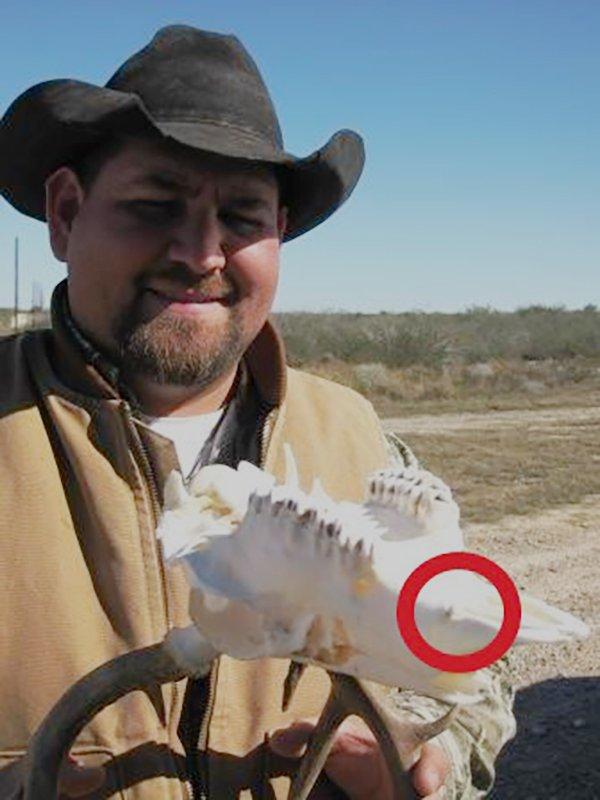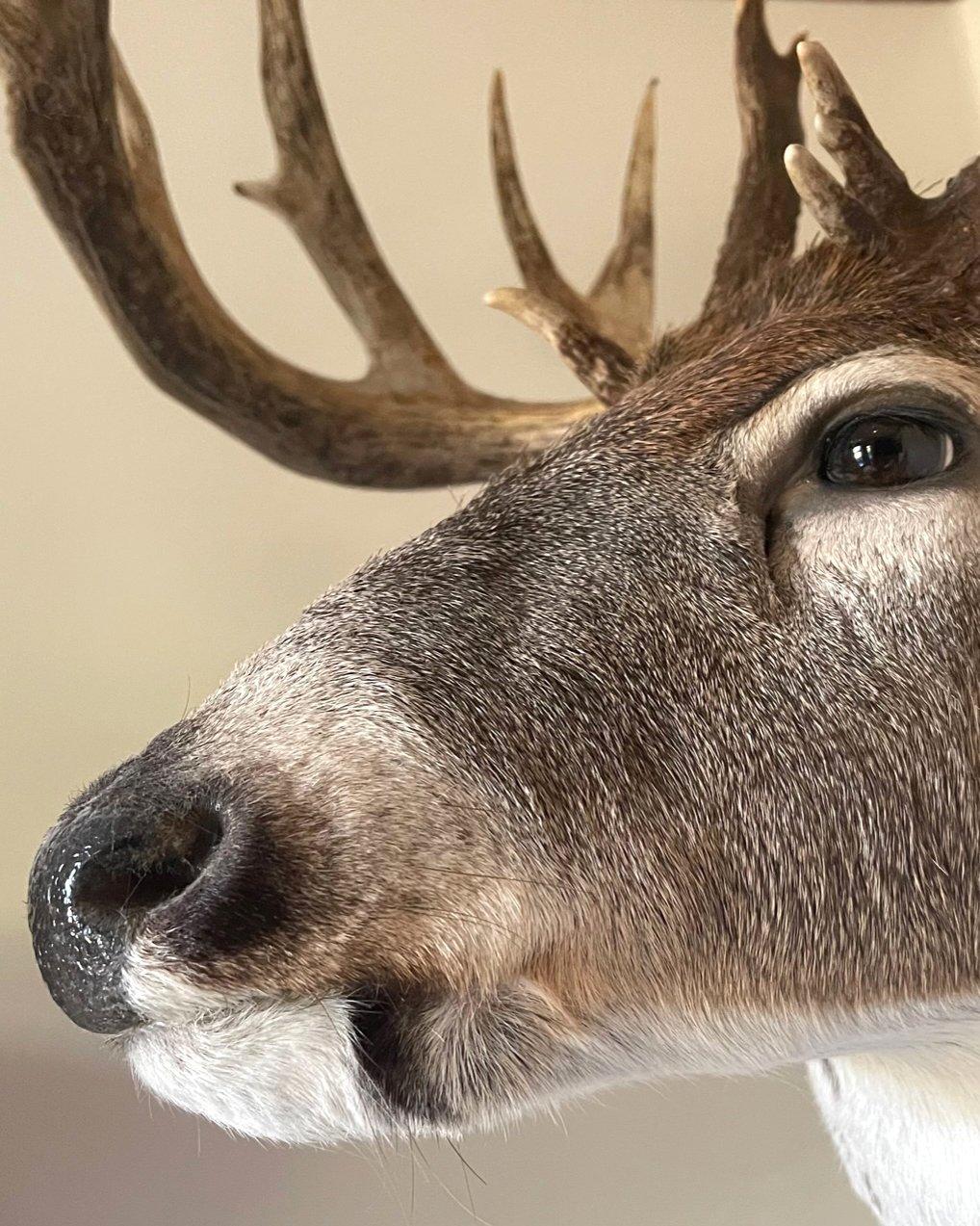Vampire bucks aren't something out of a horror movie, but they are exceedingly rare
One time in southern Texas, my buddy Sarge Vasquez, head wildlife biologist at the ranch I was hunting, stuck a Euro mount in my face and said, Notice anything?
I turned the skull over and studied it.
The fangs, man, Sarge said with a laugh.
The tiny, peg-like upper canine teeth were hardly noticeable and easy to miss — but they were indeed there. In more than 30 years of caping deer and boiling skulls, that was the first fanged deer I'd seen. How common is it?
History of Deer Fangs
Millions of years ago, dating back to the Miocene Epoch, ancestors of the modern whitetail had long, curved, sharp canines. Paleontologists say the small deer-like animals of that time used the fangs, or tusks, to fight for survival. Through time, white-tailed deer evolved antlers for defense, and their upper canine teeth regressed.
Although all modern whitetails still have lower canines, upper canine teeth are uncommon.
How Rare are Fangs?
Upper canines are a rare but documented phenomenon in deer, and researchers believe it is an evolutionary throwback to the ancestral form of the whitetail that occasionally surfaces today, said Brian Murphy, a biologist and former CEO of the National Deer Association. While the exact prevalence of upper canines in white-tailed deer is not known, it is believed to be well below 1 percent.
Fangs are not only extremely rare but almost always overlooked.
Biologists say that if a modern buck has fangs, the teeth would only be a maximum of ½ to ¾ inch long and would not break the deer's gum line. Most tiny fangs are spotted by taxidermists that prepare skulls for European mounts.
One more thing about deer fangs: Look at any shoulder-mounted buck on your wall, and focus on the small black patches on either side of the lower jaw. Those patches are positioned precisely where the fangs of an ancestral deer would have stuck out from the upper jaw. Valerius Geist, renowned mammologist and author of Deer of the World: Their Evolution, Behavior and Ecology, theorizes that the black patches might have been there to accentuate the white of the long canines in prehistoric deer. The fangs evolved away, but the patches remain. Fascinating.
(Don't Miss: Midwesterner Discovers Very Rare Melanistic Deer)









